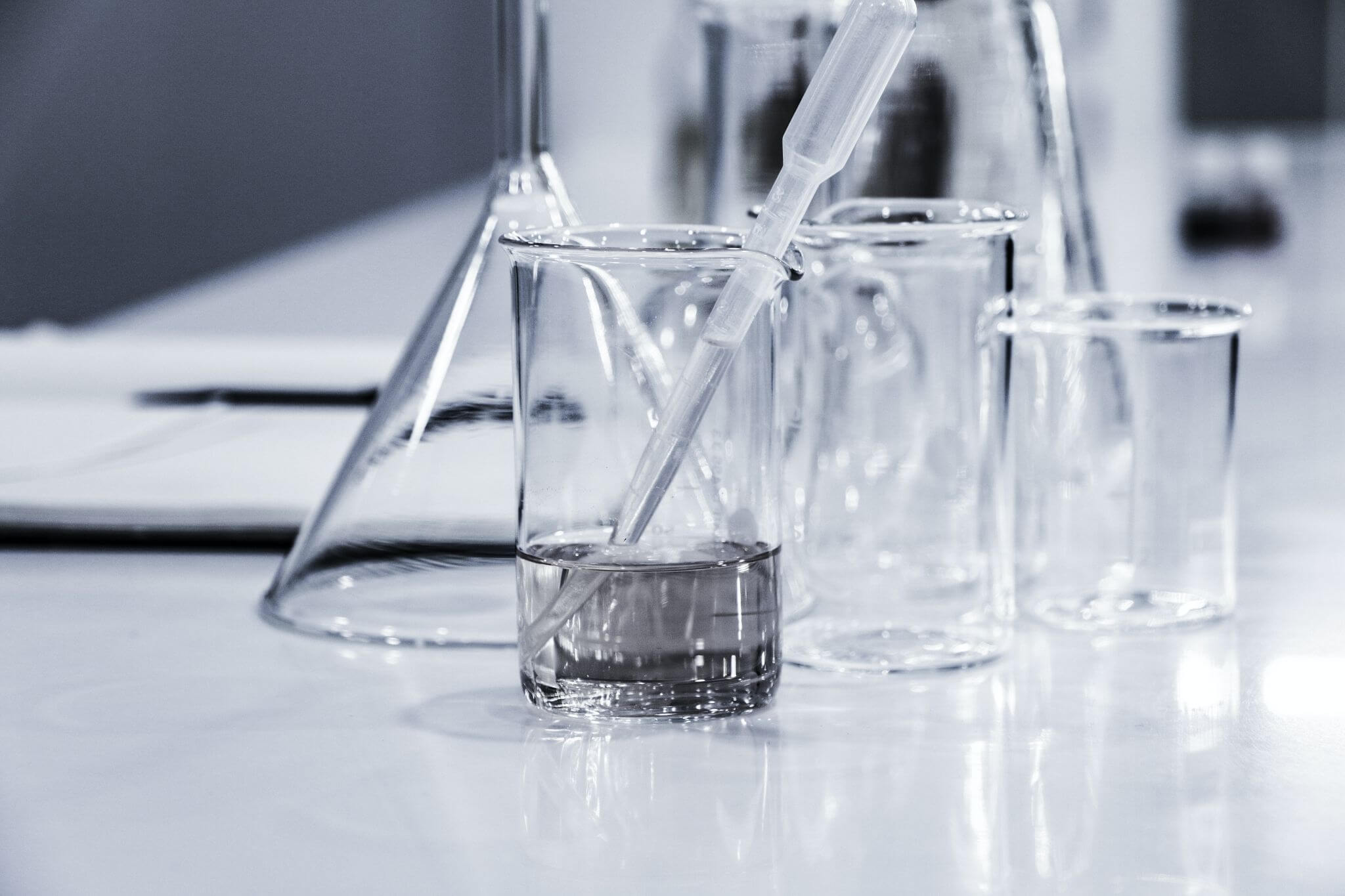The purity of water is a crucial factor in many different applications, particularly in healthcare. Medical devices and medicines must be wholly safe and effective to use, which means that keeping water free from impurities is essential. To achieve this essential goal, laboratories must adhere to strict rules set by the TGA and CLSI.
One especially important device for analysing water purity on-site is the Total Organic Carbon (TOC) analysis instrument. With TOC analysis, laboratories can remain compliant with regulatory guidelines while exceeding expectations. If you work in a laboratory setting, you know the importance of maintaining compliance with regulations set forth by governmental and industry organizations. One component of this compliance is ensuring the cleanliness of water used in laboratory processes. This is where a TOC analysis unit comes into play. By analyzing the total organic carbon within water samples, laboratories can guarantee that their water meets CLSI and TGA requirements while also maintaining accuracy in their testing methods.
What is a TOC Analysis Unit?
A TOC analysis unit is a piece of lab apparatus used to calculate the level of organic carbon in a water sample. All biological things and many non-living things, including oil and gas, include organic carbon, which is a group of carbon-containing molecules.
Organic carbon can come from a variety of sources, including naturally occurring organic waste, microbial development, and chemicals employed in the water treatment process. When organic carbon is present in the water, it can impair the purity of the water. As a result, determining the quantity of organic carbon in a water sample is essential for confirming that the water is clean and suitable for use in lab tests.
How Does a Unit of TOC Analysis Operate?
The quantity of organic carbon in a water sample is measured using some techniques using TOC analysis machines. Combustion is a typical technique in which the sample is heated to a high temperature while being exposed to oxygen. The organic carbon in the sample burns to produce carbon dioxide, which is then detected by a detector.
Another popular technique is oxidation, which involves employing a potent oxidising agent like potassium permanganate or sodium persulfate to oxidise the organic carbon in the sample. The amount of oxidising agent used is then used to calculate the amount of organic carbon.
Why is an On-Site TOC Analysis Unit Important for Water Purity Analysis?
In order to comply with CLSI and TGA requirements, laboratories must show that they can generate trustworthy and accurate findings, including for the examination of water purity. Utilising a TOC analysis instrument to monitor the level of organic carbon in water samples is one method laboratories may do this.
Labs can discover possible sources of pollution that may compromise the quality of their water by evaluating the quantity of organic carbon present in a water sample. For instance, if a water sample has significant quantities of organic carbon, the water treatment procedure may not be successful in eliminating toxins from the water.
Additionally, TOC analysis equipment can assist laboratories in proving their adherence to certain TGA and CLSI regulations. For instance, the CLSI advises utilising TOC analysis to keep an eye on the condition of lab water systems, which may be a source of contamination in tests.
In conclusion, Total Organic Carbon (TOC) analysis devices are an essential tool for exceeding compliance requirements with CLSI and TGA standards and providing an in-depth examination of water purity on-site. Laboratories can determine potential sources of contamination and confirm that their water is free of pollutants and suitable for use in laboratory tests by assessing the quantity of organic carbon contained in a water sample.
If you are experiencing problems with your laboratory’s current supply of clean water, get in touch with Purific. With a dependable supply, we would be delighted to help.

